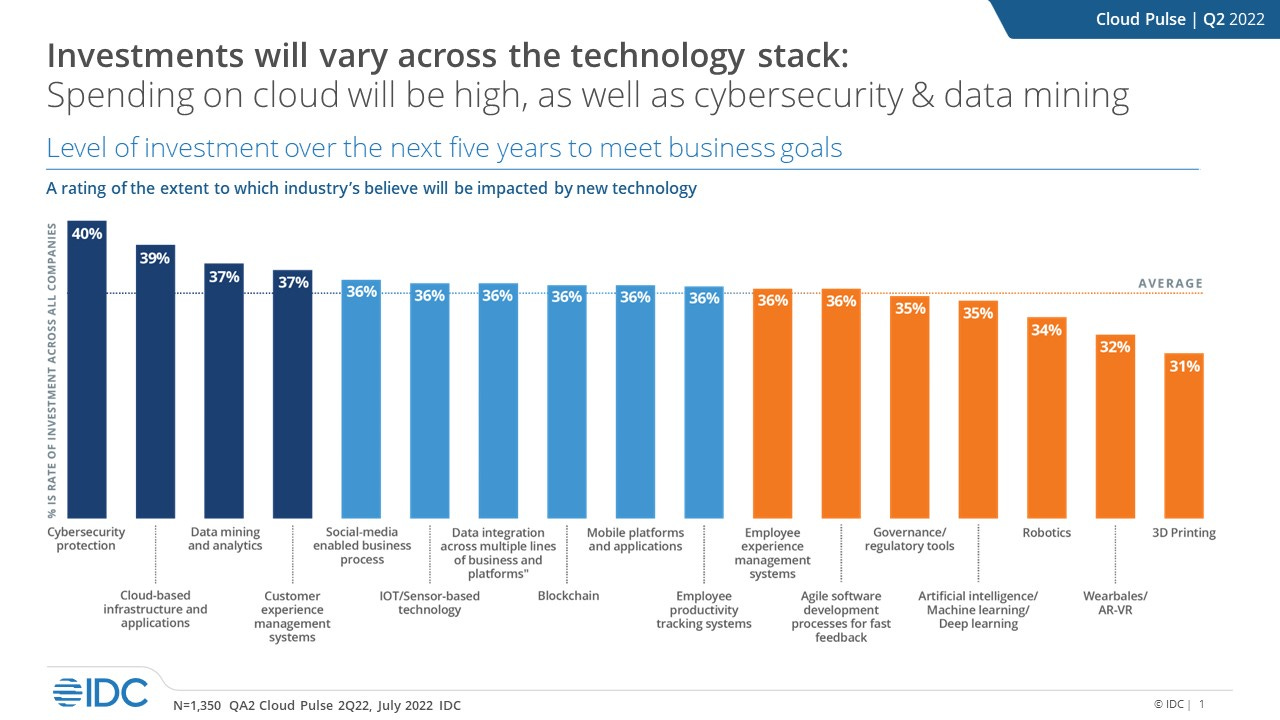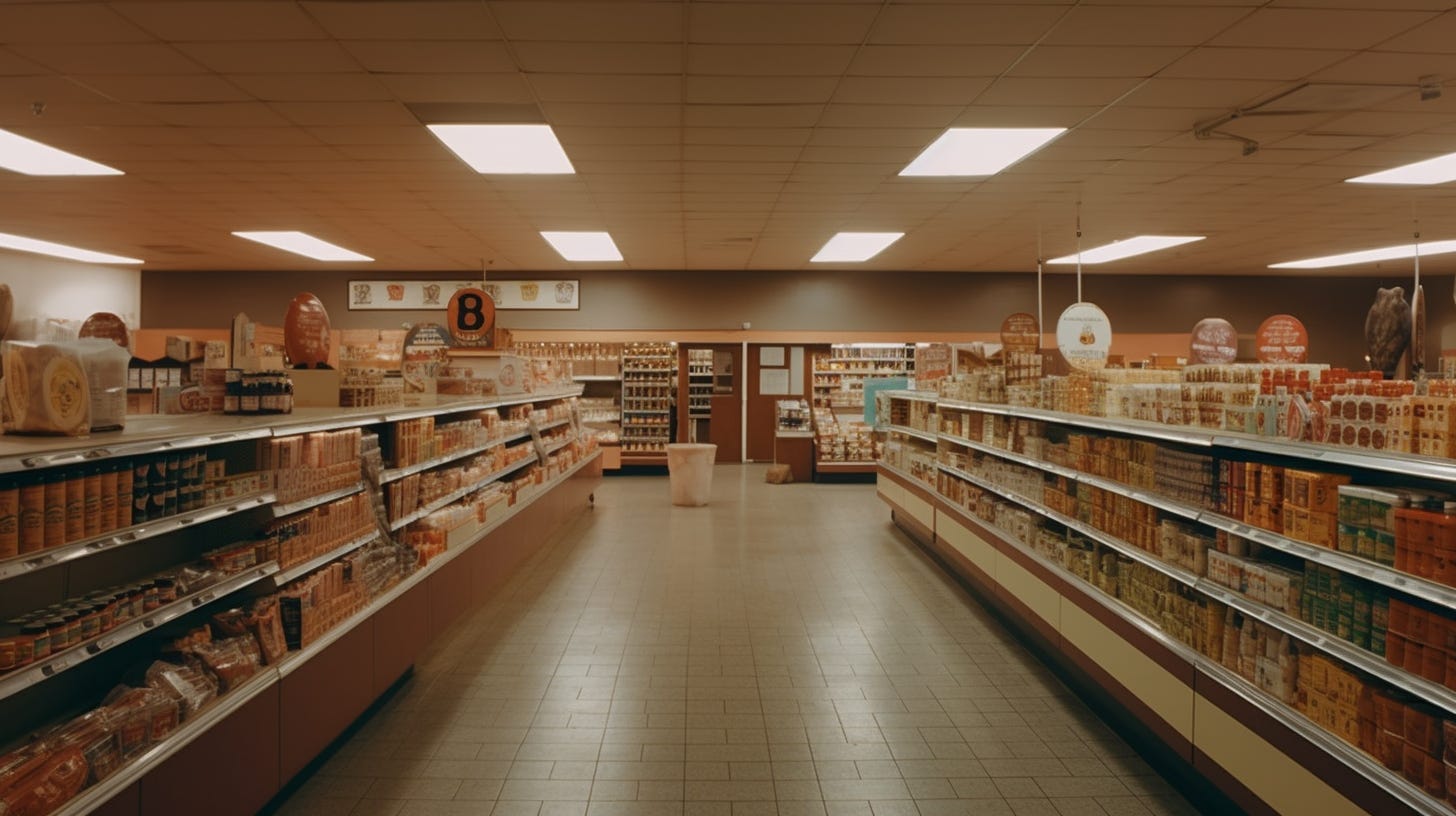Surviving the New Social Media Startup Boom
Like and subscribe across my 50 new social holes, my dear MOFOs!
The FFS Social Media Rebound
I got an invite to Blue Sky (thanks Ashley!). Now I have Twitter, Mastodon, Bluesky, LinkedIn, Instagram, Facebook, YouTube, some Slack channels, a newsletter, and a mostly dead blog - other stuff probably (what even is a “Facebook Page”?). I haven’t bothered with those other ones that popped up after The Sink Incident. I checked out Artifact for awhile, but without ad blockers it was just all Internet trash. Are.na is actually fun, as is Tumblr (still), but those aren't really places I’d publish to: read only lurker, that’s me.
I’m not really sure this 1,000 flower blooming is good.
In fact, fuck it: it sucks, it is no good, it’s all around stupid, annoying, and I don’t like it.
Eventually, all these people with good ideas need to just stop having them and consolidate to existing ones, working on improving what already exists. I don’t really know the difference between all the protocols, but, come on: why make more?
This sentiment makes me nervous, though.
When I was younger, I made a promise to myself that I wouldn’t use all those complaints “old people” used. In programming, one of them was “we already have a framework/project/code for that, why are you reinventing it?” There’s plenty of good reasons for reinventing, it’s how you evolve programming. A project like Spring that can last decades and still be vibrant is very uncommon. Most programming frameworks get long in the tooth and stop evolving. At the very least, their community dies out.
And, you know, I have a whole self-care schtick where I reconcile with kubernetes coming in and exiling all the work we did with Cloud Foundry, restarted the app dev improvement clock because, like…Google, Docker, and AWS didn’t like each other? (But, seriously, I’m totally cool now - survey says this is the way, etc. KISSES, xoxo!)
So, like, I get it it: Twitter falls apart and you need a 1,000 flowers bloom cycle to innovate the next thing. We had Foursquare and Gowalla, after all, Twitter and Friendster and Facebook, dopplr, etc., etc. But, hopefully it’ll just be, like two to five flowers, ‘cause I can’t keep up. And at $6/month a channel for cross-posting, this shit is going to get expensive.
Meanwhile, I am on all of them since I’m, you know, a brand. That’s worked for my career since about 2004 and it’s a huge part of my job.
Here is what will happen as we wait for 999 flowers to wilt away:
Normies don’t use the new socials, or really care about them. Unlike the first era of social media, the normies have many places to go and are there already: Facebook and Instagram (love that shift to the new As Seen on TV). TikTok for The Kids and the Snap Youth Enclave, I guess. I don’t get the whole 9:16 scene, but I’m 46, so who cares what us gen-x’ers think. As us nerds sort out post-Twitter, those people will continue to be in their own places. This is different than the mid-2000s. Normies had nowhere to go back then: did you ever try to get your not-nerd friends and family to use Flickr? Jesus.
The innovators and early adopters try all these platforms - hello, it me!
For us users, the non-technical goal at this phase is to build up core followers from the innovators and early adopters (let’s say “the nerds”). These will be the power nodes that are also building up networks. Having them follow you and amplify you is key to your long term following. The already famous people have a bit of an advantage, but they’re also starting from scratch, mostly.
For the providers, you want to attract these people and lock them in just enough so that it’s a pain to leave. I’d forgotten how powerful invite only marketing is at the early stages of building a social network. The usual West Coasters are going full throttle on that shit in Blue Sky, and even straight up pleading for invites. (I’m pretty sure 84% of Blue Sky is on PDT at the moment.)
The nerds talk incessantly about the platform itself, about figuring it out, their excitement about it. It’s meta-talk, sprinkled with cat pictures and (currently) talking about how it’s so much nicer than Twitter. “Guys! I went back for a hot second and it was terrible.” Mastodon has mostly moved from this, or maybe it’s just that I turned off boosts and filter out posts that contain the word “mastodon” and “fediverse” I find this meta-talk exhausting. Substack Notes close to being cured of this malady.
Meta-talk is a primary way you build followers at this stage, though. Again, you want to get followed by the nerds, and if the nerds like meta-talk, you talk about that.
There’ll be some chatter and scandals about tech, usage, and social norms: open APIs not cooperating with each other (see #4 above); who owns the IP, data being locked up; the annoyance of cross posting; commercial interests versus community; it’ll turn out that your followers and data are not actually portable because (a) each services uses its own “open” data format and protocols, (b) each service has some story about “we’re doing this for the users,” “the usability just isn’t there,” or “those other services are commercially motivated and, thus, evil” that makes leaving the platform tedious, (c) your followers won’t actually follow you to a new platform. People who know what RSS and OPML are will propose some new standards. But, despite how many JSON payloads you dangle in front of them, each new social thing will be remain a cul-de-sac. Everyone remembers how Instagram yoinked the social graph from Twitter, and no business wants to repeat that.
Each of the services tries to figure out a business model, if not just how to stay alive.
Micropayments! (Nope, also not this time.)
Some goofy-minded enterprise companies will try to acquire some of them. After all, your mandatory corporate training SaaS needs an activity stream, right?
Someone “wins.” This winner will have been offered $2 to $5bn to be acquired (like, by Microsoft, historically) and will have passed. This will be considered wise, but we’ll forget the 999 other competitors that shriveled up and died and would have loved the chance to say yes.
After years, it’ll be ads. It’s always ads.
This game has some new, different dynamics in 2023. Primary, the nerds are much more humane and caring. They’ll also strike early if the owners and leaders of the platform become toxic or morally obnoxious. That attitude didn’t exist in the mid-2000s. Nerds were into tech, not the rest of the world. In the same way that Mastodon decentralizes the “network,” the other platforms would do well to decentralize the core people building the platforms to manage the risk of them going toxic and provoking a nerd social-issues tactical strike and desertion.
The best thing for the executives at these new social companies can do is stay quiet, never say anything, like ever. Eventually, you’ll say some stupid shit because you’ll confuse government requirements for free speech with private industry not actually having to give a fuck about free speech. Take some hard core media training. I recommend former BBC reporters; the Americans are a little too kind. And after that, just say nothing, ever.
Phew!
Oh, also, in the meantime: follow me on Bluesky! And Mastodon. And Twitter if you don’t already. LinkedIn too - business business business! LIKE AND SUBSCRIBE, MY DEAREST MOFOs!
(Also, I totally get that I, myself, am doing all of the above. Let the games begin!)
DevOpsDays Austin is back for the 11th year! You should go for two days of DevOps, cloud computing, DevSecOps, and more on May 4th to 5th, 2023, in Austin, Texas. Check out the talks: the schedule is live!
Since you’re going - right?! - why not get 15% off your ticket with the code FRIENDLY_NEIGHBORHOOD_SDT_23.
The volunteers who’re putting together the event are really pouring their best into it, so you know it’ll be a good show all around. I wish I could have made it this year.
Workloads in Cloud
Here’s some interesting IDC charts from last year. They give you a sense of what types of workloads (a more general word for “applications”) are showing up in cloud. This is rated by people saying they’re critical and the spend on those works. The second isn’t exactly great - you could have lots of important apps that don’t cost much - but, spend is pretty good in general.


Wastebook
Bozo with a sink. Sink Bozo.
The other night, after playing the Dungeons & Dragons Adventure Begins board game (which is actually, really good as a first D&D experience), my daughter said, “daddy, can we play the real Dungeons & Dragons now?” Best day ever!
"To reach the source, you have to swim against the current. Only trash swims downstream." Here.
“This song was written for a TV show that I love and I'm not sure if I'm allowed to say anything else about that because it hasn't come out yet. I'm 99% sure I'm allowed to release this song, but doing it anyway. Anyway this is an adventure song about the sea. I love writing on assignment because it gets me writing about stuff that otherwise wouldn't occur to me. Like this one, a sea shanty! I had a ton of fun with this one.” // Same.
Want to hear how large companies fix up their legacy applications? On May 11th, you can hear from Marc Zottner and me on just that topic, for free as part of the Golden Path to Spring One online conference. Last year we wrote up how Pivotal/Tanzu Labs has been doing application modernization for year (8 or 10, who’s counting at this point?) in The Legacy Trap. This talk will go over the basics of it, along with a couple of case studies that illustrate the Swift process. Register now and watch it for free!
Relevant to your interests
Software Spending Growth Will Accelerate by 40% in 2023, But it Doesn’t Feel that Way
Google’s cloud business turns profitable for the first time on record - That’s a big turn around in just a year: “The segment generated $191 million in operating income on $7.45 billion in revenue in the first quarter, according to Alphabet’s earnings statement. In the year-ago quarter, the unit reported a $706 million loss on $5.82 billion in revenue.”
Google presentation style, circa 2006 - McKinsey titles win again, and a hack to get the big pictures style into corporate presentations. Also notable here is they most online presentation apps (Zoom and webinar platforms) don’t show you the speaker notes. This is a pretty amazing omission that shows that the developers and product people maybe don’t use those apps for that. Also, I find that rarely look at the speaker notes while presenting at a conference. The text is too small, I’m roaming the stage, etc. Speaker notes are theoretically awesome, but never practical, for me.
ChatGPT now allows disabling chat history, declining training, and exporting data - Also: ‘For professionals and enterprises that “need more control over their data,” OpenAI also announced that it is working on a new “ChatGPT Business” subscription that will opt users out of model training by default, according to OpenAI’s Data Controls FAQ. OpenAI says the release date for ChatGPT Business will occur “in the coming months.”’
Getting the most from cloud services and containers - “As a rule of thumb, if developers spend more than, say, 10 to 20 percent of their coding time on container configuration, failover, security, or other infrastructure issues, it makes more sense to tackle these issues via CSP services instead, so that valuable time and skills can be reserved for functionality that serves the business.”
Logoff
Today’s suggested outro:







